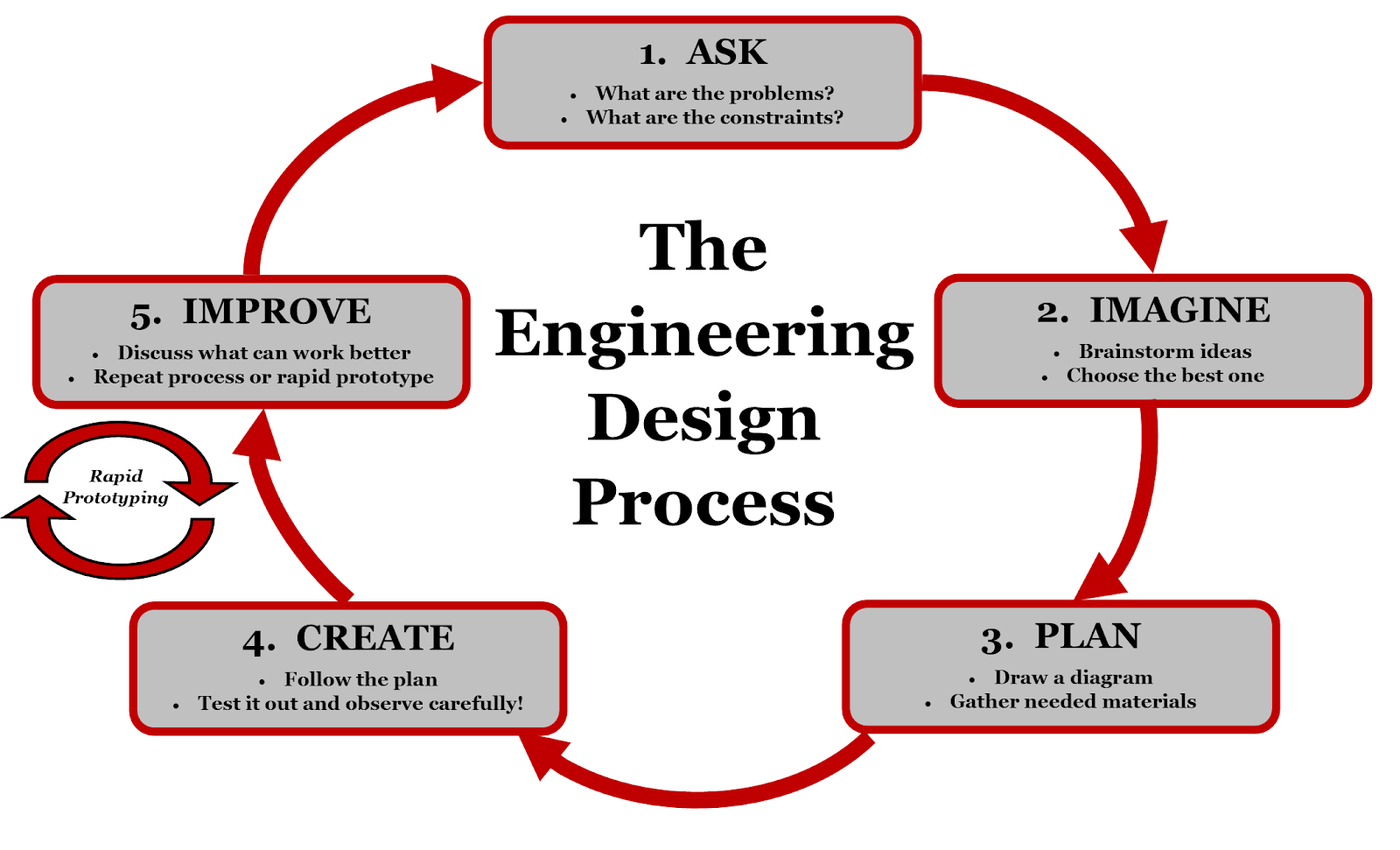- Author:
- Jeanine Dallimore
- Subject:
- Earth Science, STEM
- Material Type:
- Activity/Lab
- Level:
- High School
- Tags:
- License:
- Creative Commons Attribution
- Language:
- English
- Media Formats:
- Interactive, Video
Newton's Laws Worksheet
Review Powerpoint
Stop Motion Video Rubric
Perfect Precession Picture

Overview
Students will use a model of the solar system to demonstrate rotation, revolution, Kepler’s laws, Newton's laws, precession, nutation, seasons or tides. They will use kapwing.com to create their own stop motion video.
Instructional Lesson
| Name of Project: Perfect Precession Picture |
Project Description | |
| Name of Project | Perfect Precession Picture |
| Subject Area | Earth Science |
| Targeted Standards | EEn.1.1.1 Explain the Earth’s motion through space, including precession, nutation, the barycenter, and its path about the galaxy.EEn.1.1.2 Explain how the Earth’s rotation and revolution about the Sun affect its shape and is related to seasons and tides. |
| Driving Question / Problem / Activator | Explain planetary orbits, especially that of the Earth, using Kepler’s laws. • Explain relative motion of the Earth in the solar system, the solar system in the galaxy, and the galaxy in the universe—including the expanding nature of the universe; Orbital motion (Earth around the Sun- once/year, seasons depend upon an approximate 23.5 degree tilt); Rotation around our axis (day/night,) • Explain Precession—change in direction of the axis, but without any change in tilt—this changes the stars near (or not near) the Pole, but does not affect the seasons (as long as the angle of 23.5 degrees stays the same) • Explain nutation—wobbling around the precessional axis (This is a change in the angle—½ degree one way or the other. This occurs over an 18 year period and is due to the Moon exclusively. This would very slightly increase or decrease the amount of seasonal effects.) Describe daily changes due to rotation, seasonal changes due to the tilt and revolution of the Earth, and tidal impact due to the gravitational interaction between the Earth and moon. • Develop a cause and effect model for the shape of the Earth explaining why the circumference around the equator is larger than that around the poles. |
| Project Summary | Students will use a model of the solar system to demonstrate rotation, revolution, kepler’s laws, Newton's laws, precession, nutation, seasons or tides. |
| Estimated Time | Two 45min sessions |
| Materials / Resources (including link to slideshow if available) | Solar system model, black cloth background, chromebook webcam, kapwing, Earth’s motions review powerpoint, Newton’s laws card sort by Dunigan Science, Newton’s Laws worksheet, instructions and rubric, lesson plan |
| Tags | Revolution, rotation, earth, sun, moon, precession, nutation, seasons, tides |
Project Outline | |
| Ask | Demonstrate revolution, rotation, precession, nutation, newton’s laws, kepler’s laws, seasons or tides |
| Imagine | Given the materials, how can you demonstration rotation, revolution, precession, nutation, newton’s laws, kepler’s laws, seasons or tides? |
| Plan | Draw out your plan for demonstrating your concept. Draw the motion that you need to show. |
| Create | Use your solar system model and black cloth to demonstrate your concept. Make a stop motion video of your demonstration. Add text, if necessary. |
| Improve | Post your picture in our shared folder for your peers to see. Evaluate other students’ work. Give critical, positive feedback. |
| Closure / Student Reflections | Reflect on your observations and write a paragraph explaining your concept. |
| Possible Modifications / Extensions | Summarize all concepts taught. |
Evaluation (Pre/Post)
Credits or Modified From
https://www.quia.com/jg/1654137list.html
Newton’s laws card sort by Dunigan Science
Additional Resources / Help for teaching this lesson
Sample Pictures / Video
| https://kapwi.ng/c/quUQakI5 | https://kapwi.ng/c/gefTEeTK |
Teacher Comments of what worked / did not work well
Students really enjoyed using kapwing! Most students had never made a stop motion video before. The students enjoyed using their solar system models to demonstrate their assigned concept. Two 45 min sessions worked well to make the videos. Additional time would be needed for students to share their creations with the rest of the class.
